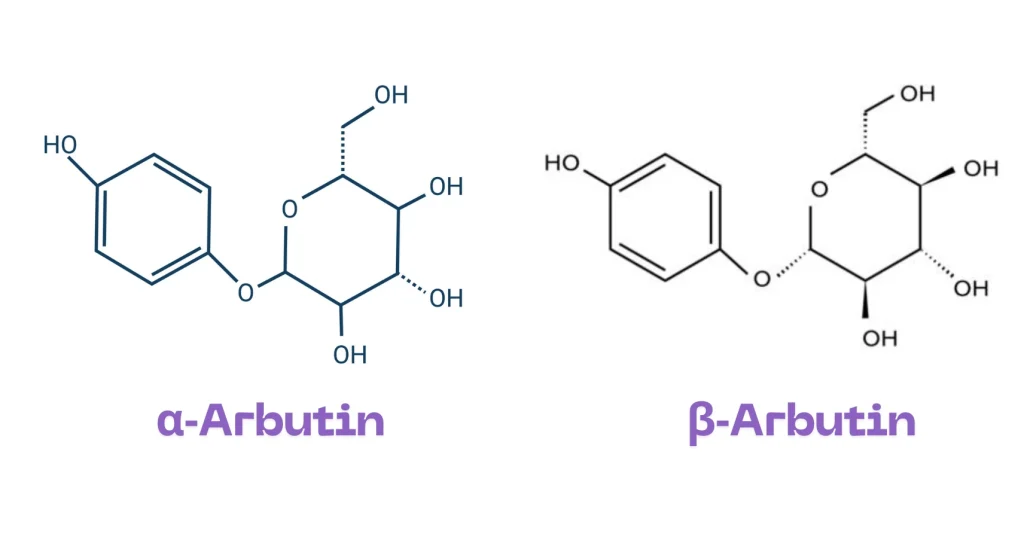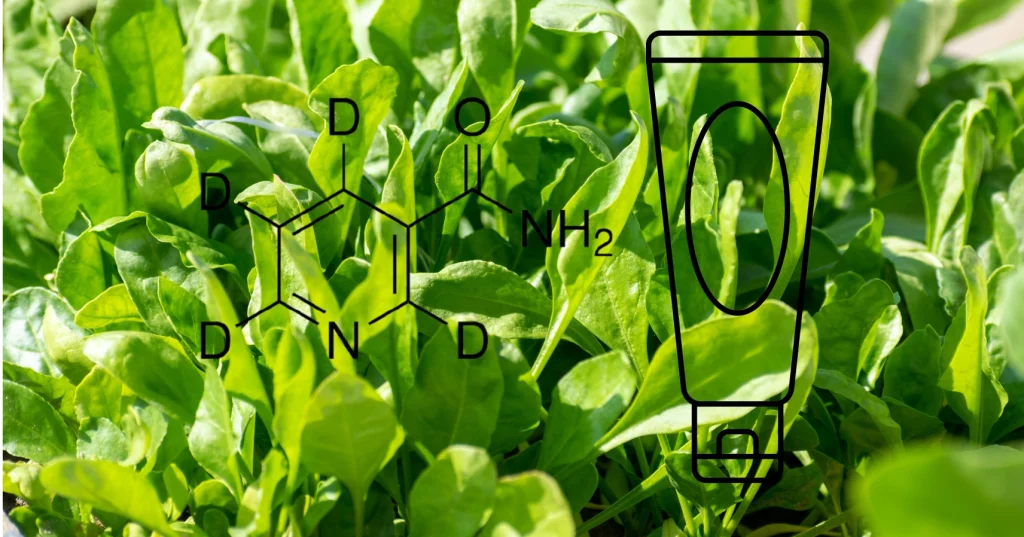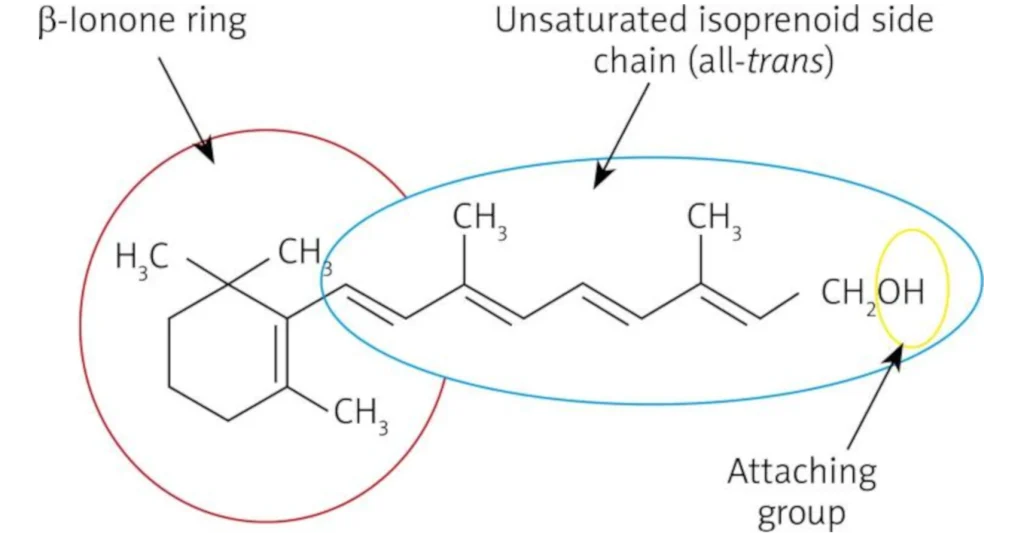Learn the difference between alpha‑arbutin and beta‑arbutin, how they lighten spots by inhibiting tyrosinase, EU concentration limits, safety guidelines, and best usage tips.
If you’re curious about hyperpigmentation treatments that deliver brightness without irritation, both alpha‑ and beta‑arbutin deserve your attention. Learn their differences, how each inhibits melanin, the EU safety limits, and how to use them effectively in your skincare routine.
Understanding Arbutin: What Is It?
Arbutin is a glycosylated form of hydroquinone—found naturally in bearberry leaves and other plants—that works by inhibiting tyrosinase, an enzyme essential to melanin synthesis. By blocking this pathway, arbutin helps fade dark spots, melasma, acne scars, and age spots, while also offering anti-inflammatory benefits.
Alpha‑Arbutin vs Beta‑Arbutin: How They Differ
Though both forms share the same molecular formula (C₁₂H₁₆O₇) and weight (≈272.25 g/mol), their bond orientation makes a difference:
- α‑Arbutin: Synthetic, bonded at the alpha position; is more stable, resistant to UV/heat, and ~10× more effective at inhibiting tyrosinase than β‑Arbutin. Favored in modern, high-performance skincare.
- β‑Arbutin: Plant-derived, bonded at the beta position; less stable and effective, often used in traditional or botanical formulations.
Benefits of α‑Arbutin
- Fade dark spots, uneven tone, and acne pigmentation with minimal irritation.
- Celebrate antioxidant and anti-inflammatory support for sensitive skin.
- Stable in light and heat; suitable for watery or serum formulas.
Why β‑Arbutin Still Exists
While less potent, β‑Arbutin is still effective when properly formulated. It’s more frequently found in traditional skincare or botanical blends. However, it requires careful preservation to prevent oxidation.
EU Regulation & Safety Limits
Under EU Commission Regulation 2024/996, based on SCCS safety opinions:
- α‑Arbutin: Max 2% in face creams, 0.5% in body lotions
- β‑Arbutin: Max 7% in face creams
- Any hydroquinone contamination must be as low as unavoidable—typically < 1 ppm.
Aggregate exposure of both arbutins at these limits is considered safe. Products failing compliance must be withdrawn by Nov 1, 2025.
“SCCS believes α‑Arbutin up to 2% in face cream and 0.5% in body lotion is safe; β‑Arbutin up to 7% in face creams is safe. Hydroquinone levels should remain as low as possible.”
Source: https://eur-lex.europa.eu/legal-content/EN/TXT/PDF/?uri=OJ:L_202400996
How Long to See Brightening Results?
Clinical and real-world data suggest visible improvement in hyperpigmentation between 4 to 12 weeks of consistent use—ideally daily application alongside sunscreen and supportive actives like niacinamide.
How to Use Arbutin Safely
- Patch test before full use; start with daily or alternate-day application.
- Layer with antioxidants (vitamin C), niacinamide, or hyaluronic acid for synergy.
- Avoid mixing with benzoyl peroxide or strong acids in same application.
- Always apply broad-spectrum SPF daily to protect against UV-induced pigmentation.
Alpha vs Beta: A Quick Comparison
| Property | α‑Arbutin | β‑Arbutin |
|---|---|---|
| Occurrence | Synthetic | Plant‑derived |
| Stability | High (UV/Heat resistant) | Lower (sensitive to degradation) |
| Potency | ~10× more effective | Less effective |
| EU max | 2% face, 0.5% body | 7% face |
| Hydroquinone | ≤ 1 ppm | ≤ 1 ppm |
α‑Arbutin (Alpha‑Arbutin)
EC No.: 617‑561‑8
CAS No.: 84380‑01‑8
IUPAC Name: 4‑Hydroxyphenyl‑α‑D‑glucopyranoside
Formula: C₁₂H₁₆O₇
Molecular Weight: 272.25 g/mol
PubChem CID: 158637
Synonyms: α‑Arbutin; Hydroquinone‑α‑D‑glucopyranoside; 4‑Hydroxyphenyl‑α‑glucohexopyranoside
β‑Arbutin (Arbutin)
EC No.: 207‑850‑3
CAS No.: 497‑76‑7
IUPAC Name: 4‑Hydroxyphenyl‑β‑D‑glucopyranoside
Formula: C₁₂H₁₆O₇
Molecular Weight: 272.25 g/mol
PubChem CID: 346
Synonyms: β‑Arbutin; Arbutoside; Hydroquinone‑β‑D‑glucopyranoside

Best Practices & Product Tips
- Choose products labeled “α‑Arbutin 2%” for maximum efficacy.
- If label just says “arbutin,” confirm which form you’re using.
- Light‑opaque and air‑tight packaging helps preserve stability.
- Maintain product pH ~4.5–5.5 to minimize decomposition.
FAQs
- Can I use arbutin with vitamin C? Yes—layer vitamin C in the morning and arbutin at night or alternate days.
- Is arbutin safe in pregnancy? Consult your dermatologist—while arbutin is gentler than hydroquinone, it’s best to seek guidance.
- Can sensitive skin use it? Yes—α‑Arbutin is generally well-tolerated, but always patch test first.
Alpha‑arbutin and beta‑arbutin share a mission: safe, gradual skin brightening without the harshness of hydroquinone. While β‑Arbutin is still effective, α‑Arbutin stands out for its stability and potency. Observing EU regulations and using products at or below recommended concentrations ensures safety and efficacy. For lasting results, pair with sunscreen, hydration, and consistent usage. Bright, even-toned skin is within reach—just with care and smart layering.



